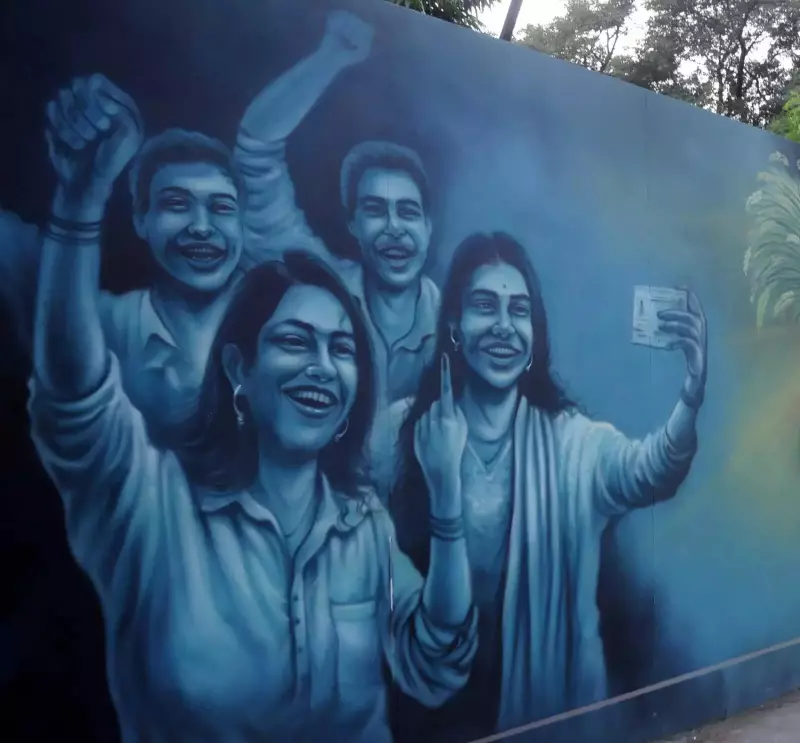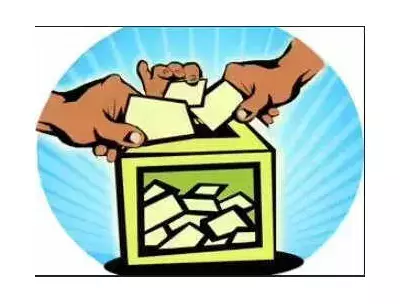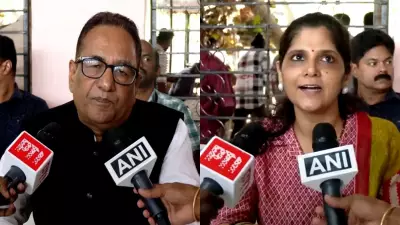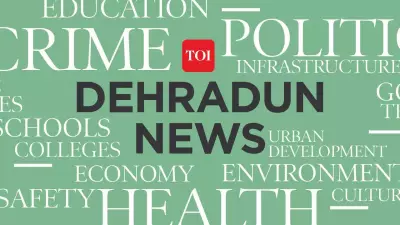
The political battleground of Bihar has undergone a remarkable transformation, evolving from the era of bullock cart processions to the age of viral hashtags and digital outreach. This seismic shift in election campaigning reflects both technological progress and changing voter demographics in one of India's most politically significant states.
The Traditional Era: Grassroots Mobilization
Not long ago, Bihar's election campaigns were dominated by physical presence and personal connections. Political leaders traveled extensively across the state using bullock carts, bicycles, and later, jeeps to reach voters in remote villages. Public meetings, known as 'jan sabhas,' formed the backbone of political outreach, with massive crowds gathering to hear speeches that could last for hours.
Campaign materials were equally traditional—hand-painted posters, wall writings, and pamphlets distributed by party workers. The success of a campaign depended heavily on the strength of local networks and the ability to mobilize supporters for physical events.
The Digital Transformation: A New Political Language
Today, Bihar's political landscape speaks a completely different language—one dominated by social media algorithms, targeted advertising, and digital engagement metrics. Political parties have embraced technology with unprecedented enthusiasm, recognizing its power to reach younger, tech-savvy voters.
Social Media Dominance
Platforms like Facebook, WhatsApp, Twitter (now X), and Instagram have become essential campaign tools. Parties create dedicated digital war rooms where teams monitor social media trends, respond to voter queries, and counter opposition narratives in real-time. Hashtags have become the new political slogans, capable of trending nationally within hours.
Targeted Messaging and Analytics
Advanced data analytics allow parties to segment voters based on demographics, interests, and voting history. This enables hyper-targeted messaging through:
- Customized WhatsApp broadcasts for different voter groups
- Geographically targeted social media advertisements
- Personalized email campaigns for urban educated voters
- AI-powered sentiment analysis of public opinion
Hybrid Campaigning: Blending Old and New
Despite the digital revolution, Bihar's political parties haven't completely abandoned traditional methods. Instead, they've developed a hybrid approach that combines digital efficiency with grassroots authenticity. Virtual rallies now complement physical meetings, allowing leaders to address multiple constituencies simultaneously.
Mobile applications help coordinate ground-level workers while providing real-time data to central command centers. Even traditional methods have been upgraded—digital billboards replace hand-painted posters, and SMS campaigns supplement door-to-door outreach.
The Impact on Voter Engagement
This digital transformation has fundamentally changed how voters interact with political processes. Social media platforms have become spaces for political discourse, with voters directly engaging with candidates, asking questions, and expressing opinions. The one-way communication of traditional campaigning has been replaced by interactive, two-way dialogues.
However, this shift also brings challenges, including the spread of misinformation, the digital divide between urban and rural voters, and concerns about data privacy and manipulation.
Looking Ahead: The Future of Bihar's Politics
As Bihar continues to embrace digital technologies, election campaigns are likely to become even more sophisticated. Emerging technologies like artificial intelligence, virtual reality, and blockchain could further reshape political engagement in the coming years.
The journey from bullock carts to hashtags represents more than just technological adoption—it signifies the evolution of democracy itself in the digital age, creating new opportunities and challenges for both politicians and voters in Bihar.





